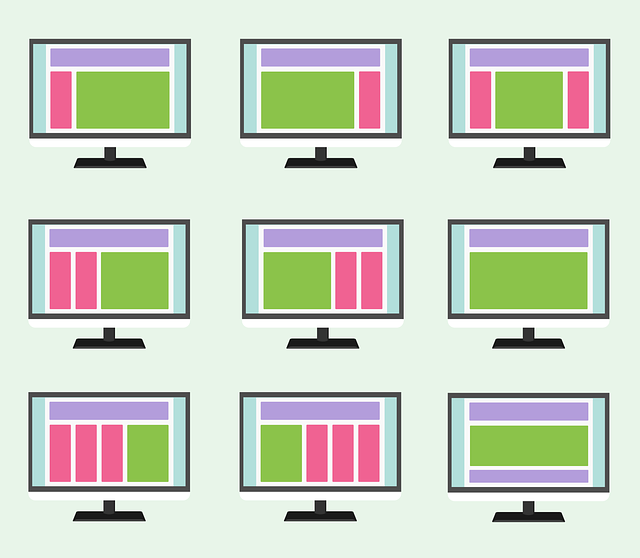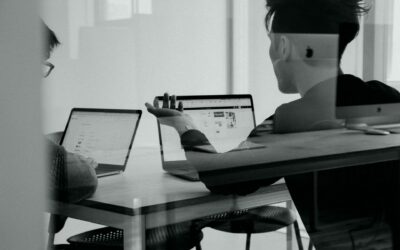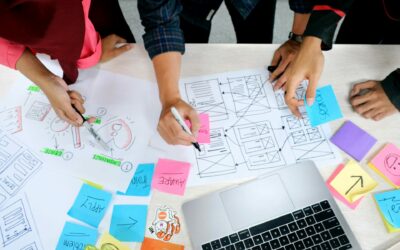A good website is easy to use. A great website is nice to look at and easy to use. A lot of times websites will have one element without the other, but what’s the secret to having both? Website design is about combining art with construction. The art should be easy to understand, while the construction needs to be usable — not to mention, usability allows for higher rankings on search engines! To find the best of both worlds and give your audience an easier and more enjoyable experience with your site, here are some tips on building a more streamlined website.
Web Conventions
While we all strive to create great website designs that express our individuality and stand out from the crowd, there are web design conventions that users have become familiar with. Above all else, websites need to be easy to use and navigate. Sticking to web design conventions will help with user experience.
These include:
- Navigation at the top of the page
- A logo at the top (or center) of the page
- The logo is clickable so it brings the user back to the home page
You need to strike a balance between unique design and ease of use. Above all else, you want the user to have the best experience possible with your site. Taking advantage of web experiences that users are familiar with will make your site easier to use.
Words Go With Icons
While having icons and pictures by themselves on your website may look more minimalist, it can slow down users on your site. Icons work better when they’re labeled — when they’re not, they tend to cause confusion. Pictures and icons rely on cultural subtext via previous experience with the pictures being shown. If you’re using a combination more complex than, say, a magnifying glass and a search function, people may not understand the subtext behind the icon they’re seeing. When you have two levels of information, such as icon and text, you’re much more likely to trigger the user’s semantic memory. Adding labels, no matter how simple or lengthy can go a long way toward improving the experience of the user.
Keep Visual Cues Consistent
The style of your site should flow together. Style is a function of your website; you need to make sure it’s cohesive or your user will get lost. However, style is also a language you’re using to make navigation and communication easier to your audience.
The overall look and feel of your site should be consistent across all pages. Backgrounds, color palettes, and fonts are all elements that need your attention. This is not to say every page needs to have the same layout. Ideally, you should create different layouts for different types of pages (informational pages, landing pages, product pages, etc.), which will help users understand what they’ll find on any given page.
Interaction is also a place for consistency. If you use a drop shadow to indicate a clickable icon that links to another page and then use a drop shadow on a picture that isn’t clickable, you’re sending tiny mixed messages to your audience. You’re forcing your user to have to learn a more complex language than is needed to browse your site. This idea should hold up throughout your entire site.
See What Stands Out
If you squint at your design, what can you still perceive? Things that are most important or give the most direction around the site should still be noticeable. This is known, not surprisingly, as the squint test and it is a wonderful tool for identifying issues with your usability. Visual hierarchy is important, but it’s easy to have too many “important” visual cues on a page; the more you have of these, the easier it is for them to get lost in the rest, meaning they lose their importance. After a while, however, you and your fellow employees are going to be trained to see what you want them to see. You’re going to need an outside set of eyes — preferably someone not trained in design — to navigate your site to see what elements stick out to them the most as being important, and you can even ask them to run a squint test.
Design is a carefully constructed mix of artistic aspects and usability. Text and visual cues help to make the experience more streamlined for your user. The more your elements go hand in hand with one another, the more people will be inclined to use it. If you’d like a review of your current website or are ready to jump into a redesign, let us know! We offer web development services and we’re here to help!




